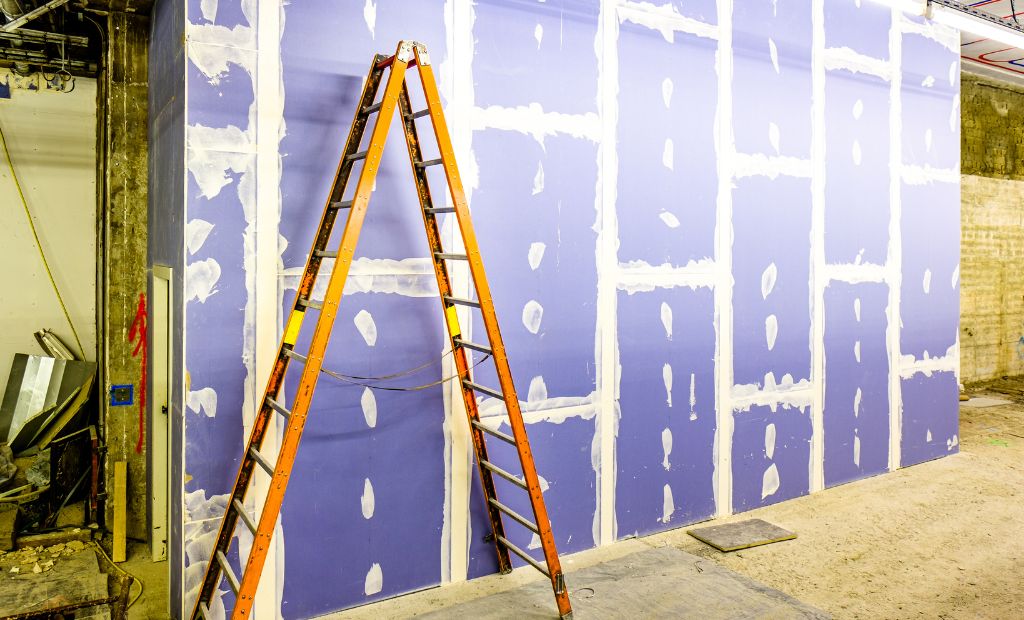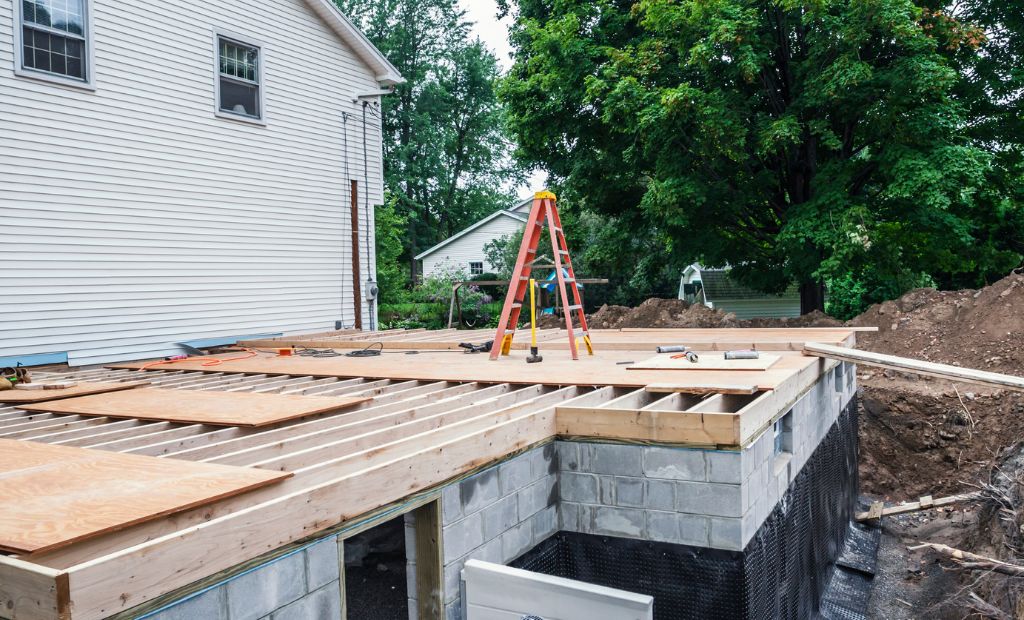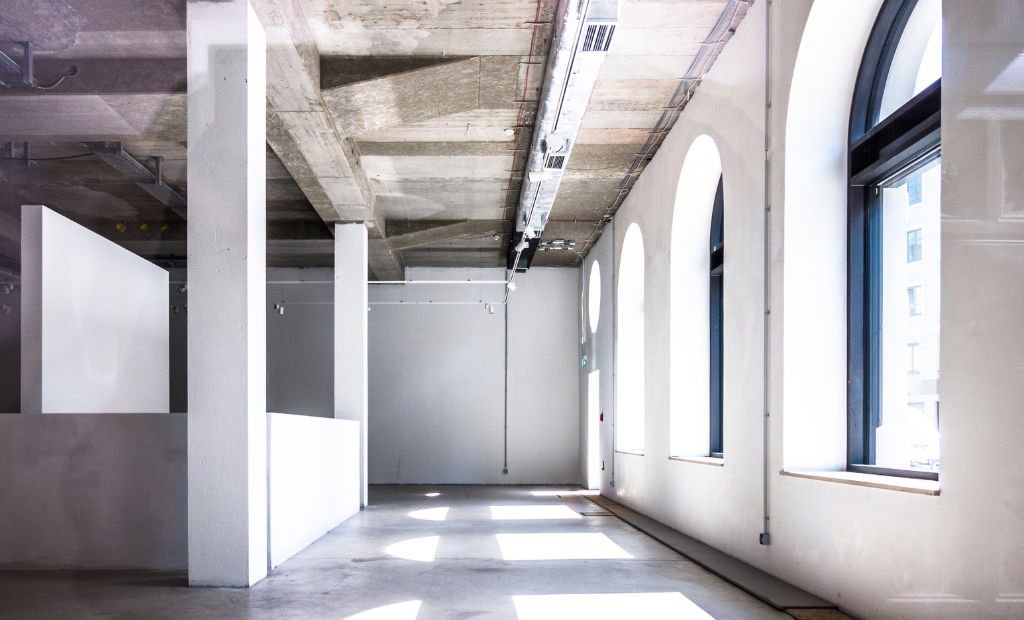The tide has turned in the housing market, and with high mortgage rates, now may not be the best time to buy a new home. You may have to hunker down in the home you already own until the housing market improves. While you’re there, it is a great time to think about building a home addition to expand and add value to your home.
In addition to monetary value, home additions can also bring happiness to homeowners as the National Association of Realtors found when they conducted a survey, and 82% of respondents who added a bathroom to their home said they have a greater desire to be in the home since the completion of the project. If you’re going to be staying in your home, it’s important that you’re happy.
With so many options for home additions, such as kitchen or bedroom additions, you may be asking yourself, “How much does a home addition cost?”. Below you will find information that will be useful for you when considering a home addition, including factors in calculating home addition cost, additional costs you may face, home addition cost based on the types of home additions, and tips to save money through this process.
Factors in Calculating Home Addition Cost
No two home addition projects are the same, so homeowners must consider all the different factors that go into calculating home addition costs. Everything from which company you use to the building materials you choose will impact your final cost. Other factors include the geographical location of your home and which room you want to add to your home. Read on to find out more about figuring out how much home additions could cost.
Square Footage
The first major factor in calculating home addition cost is the square footage. Clearly, the more square footage you want for your addition, the more the project is going to cost. Home addition cost per square foot can vary depending on if the addition is on the first floor or second story. According to HomeAdvisor, home additions usually cost between $80-$200 per square foot; however, if it is a second-story addition, that price could jump to $300-$500 per square foot. The average cost of home addition per square foot can also vary from state to state as homes and construction are more expensive in some states, such as California.
| Home Addition Type | Cost per Square Foot |
| First-Story | $80-$200 |
| Second-Story | $300-$500 |
Which Room To Do
Another factor that will impact the final home room addition cost is which room you choose to add. Some additions are simple and have a fairly direct construction process, such as detached garages; however, other additions, such as a bathroom or kitchen, require extra expertise from professionals such as plumbers and electricians. Bathrooms and kitchen additions also usually require new fixtures and appliances. This will drive up the cost compared to additions without electricity or plumbing.
Construction Costs
Construction costs have increased a lot since the beginning of the pandemic in 2020 due to the demand for home improvement projects while everyone was stuck inside their homes. Building materials, such as lumber and copper, can fluctuate in price and be more expensive from one year to the next. The cost of site preparation is also a factor. If you’re adding a walk-in closet, that may require little to no site preparation. Adding an entire in-law suite, however, would require site preparation for plumbing and electrical purposes.
Labor Costs
Construction costs can also vary depending on the geographical location due to labor costs. A reputable contractor will pay their crews a fair wage for their work, and that will vary depending on whether you’re located in California or Kentucky. Carpenters, for example, make an average of $15.66 per hour in Georgia, but in Massachusetts, they make more than $23 per hour. Electricians can earn an average of $15 per hour in Oklahoma and be paid more than double that in places such as Washington, where their average hourly wage is over $33. Depending on which state you are located in will impact the cost of labor, which will affect the cost of your project.
| Trade | Hourly Wage (Georgia) | Hourly Wage (Massachusetts) | Hourly Wage (Oklahoma) | Hourly Wage (Washington) |
| Carpenter | $15.66 | $23.15 | $16.50 | $27.29 |
| Electrician | $17.59 | $31.64 | $15.00 | $33.31 |
| Plumber | $20.17 | $35.57 | $18.62 | $37.09 |
What are the Additional Costs You May Face?
There are other additional costs that may creep up on you when building an addition to your home, and we want you to be aware of what they are. It’s usually not as simple as signing a single check and handing it over to the contractor. Some costs may be surprises to you or are costs that you don’t think of as the average homeowner. Reputable contractors are usually upfront about these costs in their estimates, so make sure to do your research on your contractor prior to signing up to do any home addition projects.
Permits
The costs of adding a room go beyond construction materials. For example, permits may seem like insignificant paperwork when it comes to home additions, but they’re actually very important; work on the addition shouldn’t even begin without the permit. It is generally included in the contractor’s bid to get building permits from local authorities, with the average cost of a permit ranging from $400-$1,800.
Fines
In addition to the cost of permits, you could also face fines if the contractor does not pull those permits. Fines are often double the cost of the permits, and this is done to deter contractors and homeowners from building additions without informing local building and planning commissions.
A lack of permits could come back to haunt you as well when you go to sell your house because if there were no permits pulled for the construction of additions, the home will most likely not pass inspection. Even though the contractor should be the one pulling the permits, the responsibility will ultimately be yours as it is your house. Choose a reputable contractor who will ensure that those permits are pulled before any building.
Materials Fluctuation

Any home addition project will require materials to be built, such as lumber, PVC, windows, doors, etc. The price of materials can fluctuate for a variety of reasons. For example, according to NASDAQ, in June 2019, lumber was $301 per 1,000 board feet. In May 2021, the same amount of lumber was $1,418.
That means if you were interested in adding on to your home deck in 2021 compared to 2019, it would have cost more than three times as much. The good news is that what goes up must come down, and lumber prices have evened out, making home additions more affordable again. As of December 2022, the price of lumber was back to $377, which will bring down the price of an addition such as a deck.
Custom Features
Custom features will also impact the cost of an addition to a home. If you’re looking to add high-end appliances to your kitchen addition, you will drive up your room addition costs. Other custom features, such as a movie theater in a home addition with a basement would cost more than a simple finished basement with carpet and drywalling.
Energy Efficiency
Making your home more energy efficient requires upfront costs. It will most likely be more expensive than traditional energy systems as entirely new equipment must be installed. If the home addition of your choice is an in-law suite, you could need heat depending on the region in which you live. Geothermal heating is one way to heat a space, and it requires a larger upfront cost, but it is intended to save homeowner money on their utility bills in the long run. Solar panels can be installed on the roof of your second-story addition or your newly closed-in sunroom, but their initial installation will add to the cost of the home addition.
Home Addition Cost Based on the Types of Home Additions
The type of home addition you choose will greatly impact the total home addition cost as well. Projects can range in price from a few thousand to tens of thousands of dollars. Every budget has an addition, so consider what is within your budget to add to your home. The average home addition cost for a simple bump-out would be $7,500, whereas a garage would cost $30,000 on average.
| Type of Home Addition | Average Cost |
| Bump-out | $7,500 |
| Garage | $30,000 |
| Kitchen | $50,000 |
| Home Office | $20,000 |
| Living Room | $25,000 |
| Sunroom | $27,000 |
Interior Rooms
Interior rooms will vary in price depending on their complexity. Kitchen additions will most likely cost more because of plumbing and electrical factors. Living spaces, such as home offices or living rooms, would normally cost a bit less because they don’t require water or drainage to be considered. Sunroom builders are home additions that can take a porch from an exterior to an interior space. Because of the foundation that is already most likely present with the porch, the cost to enclose a sunroom is usually quite reasonable at an average of $27,000 for the home addition.
Storage Spaces
Quite often, homeowners are seeking to construct additions for more space, and one of the reasons we need space is for storage. Storage spaces are generally quite simple, such as a garage or shed, and are fairly easy additions to construct. The cost of these types of home additions is usually lower due to their simplicity, with the cost of a small shed being as low as $1,800. The price of the storage space will vary according to size and if it needs additional features, such as electricity for a garage door.
Small Upgrades
When considering the cost of a home addition, there is value to be added even with smaller projects. Homeowners can add custom closets, mudrooms, and sheds to their property for a relatively low cost and still see an increase in value for their homes. Closets will almost always see an ROI, meaning that if you upgrade the closet in a master bedroom to a walk-in closet for $3,000, it will raise the value of your home by approximately the same amount. These home additions will add more space and add to the features of the home.
Adding A Second Floor
Adding a second floor is on the higher end of home addition cost. It requires the removal and replacement of the current roof as well as adding everything that you would need for the interior of a home, including HVAC, drywalling, plumbing, electrical, and more. It is essentially like placing an extra home on top of your current home. It is estimated that adding a second floor to a home could cost anywhere between $100,000 to $600,000. However, you are doubling the size of your home and greatly increasing its value, so adding a second floor may be right for you.

Tips Save Money on Home Addition Cost
Although you may be experiencing sticker shock when learning about home addition costs, there are ways to save money for projects like these. Even if you have a smaller budget, you could get the bigger addition you want with smart money-saving moves.
Keep It Simple
The simplest way to save money on home addition costs is to do just that: keep it simple. Looking at your budget, do you really need a luxury bathroom with natural stone flooring and a gold-plated toilet? Probably not. Additions such as bathrooms usually need to be functional, and keeping it simple will help you to achieve your goal of building an addition within a reasonable price.
Ask Around
Home improvement is a big business, and there are a lot of companies that will do the projects for you. However, it is important to get several estimates so you can learn more about the home improvement companies in your local area and their prices. Some offer free consultations for their home addition services or home remodeling services. The estimators will sometimes even give you home addition ideas if you’re not quite sure what you want to do yet. If the consultations or estimations are free, then what do you have to lose by getting one? Schedule a few and see what you can learn about the home addition you have in mind.
Use Your Own Materials
For certain projects; you can cut your home addition costs by using your own materials. This does not mean that you can go into the forest and chop down trees expecting the contractor to use that as lumber. Materials that you can supply for home addition projects include plumbing fixtures, such as sinks or toilets. Consult with your contractor to find out if you can purchase sinks or other fixtures on your own for your home addition.
Don’t Try This At Home
While you can try to use materials that you bought for a home addition project, do not try to use your own labor for home addition projects. Just because you’ve seen home addition projects done on TV does not mean that you are capable of doing them. Contractors and their teams generally have decades of combined experience between the designers, project managers, and professional crews of carpenters, drywallers, plumbers, and electricians. Home addition costs could skyrocket if you try to do it yourself and make a wrong move. It is better to leave it to the professionals who offer these kinds of services.

Tax Credits Or Refunds
Regardless of which home addition you choose, it will most likely add value to your home. If you don’t want to wait for the return on investment (ROI) when you sell your home to get some money back, there are ways to get tax credits or tax deductibles. For example, energy efficiency is often encouraged by governments, and sometimes there is a tax credit offered for making your home more energy efficient. So when you build your second-story addition, you could get a tax credit for installing solar panels on your new roof. Other home additions for medical reasons, such as the addition of an exterior ramp for a wheelchair, may be tax deductible as well.
Special Deals
Some contractors may offer special deals around holiday times in December when construction usually slows down. Deals can save you several hundred if not several thousand dollars. Examples of deals include free or discounted appliances and fixtures and discounts for using certain materials that the contractor wants to move. The contractor may also offer you a deal for being flexible when there is a snag in the project, such as not being able to get a specific toilet from a supplier. If you agree to a different fixture, it could end up costing you less money.
Final Thoughts
Once you have considered all of the factors that go into home addition costs, the potential additional costs you may encounter, the varying costs of additions depending on the type, and the tips to save money, you may be ready to jump right into your project. Now is a great time to build home additions to add value to your home. KBR offers home addition services for almost any type of addition you can think of, including bathrooms, kitchens, and bedrooms. The consultations are free, so book one today to get started on your home addition.

